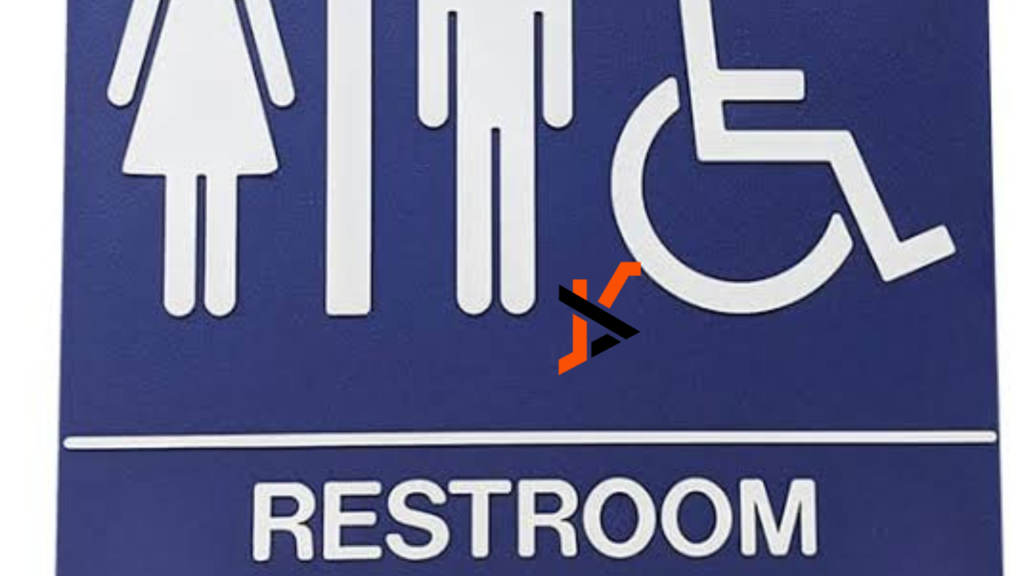Creating a comfortable environment within a facility is one of the priority challenges for managers and interior designers. The trick here is that it’s important to make public spaces inclusive for everyone. This ensured that people wouldn’t feel discriminated against regardless of their gender identification or physical disabilities.
In both cases, door signs stand out as elements that help to ensure accessibility and inclusivity. Today, we’re going to review a specific type of door signage — handicap restroom sign from Bsign. Why is that important and how does handicap restroom signage ensure better accessibility with other interior design features? Let’s find this out!
What is a Handicap Restroom?
Handicap restrooms are also known as accessible toilets. In a nutshell, these are special washrooms that are equipped with all the necessary appliances to ensure better accommodation for disabled individuals. They usually feature higher toilet bowls and additional stalls to help people with mobility issues sit down and stand up. Also, handicap restrooms should have more space than ordinary washrooms as they should be designed to enable movements in a wheelchair.
In some countries, such requirements for the accessibility of toilets in public spaces are imposed by law. If this is relevant to your jurisdiction, you should be aware of at least the basic requirements for handicap restroom door signs.
The Key Features of Handicap Restroom Signs
- Understandable and recognizable symbols: Foremost, it’s necessary to make sure that your disabled visitors will be able to distinguish your accessible toilet from other rooms in the facility. That’s why it’s suggested to use internationally recognizable symbols of disability, such as a wheelchair. This way handicapped people will know for sure which areas were designed to satisfy their needs specifically.
- Clear fonts: Except for recognizable symbols, it might be useful to equip a restroom door sign with proper signage informing about the purpose of the area. It’s important to make sure that clear and readable fonts are used in writing. While personalization of a door sign is important, it shouldn’t be supreme over the sign’s functionality.
- Extra ADA features: Handicap restrooms are ADA-compliant areas. Consequently, they should be identified with ADA-compliant door signs. Such plates should feature raised characters, which ensure tactile readability, and color contrast, which ensures clarity for individuals with vision impairments. It’s also a good idea to add writing in Braille so that people with complete vision loss can also navigate seamlessly.
- Durable materials: A toilet door sign is placed in humid conditions. Make sure that it’s made of a durable material that will secure your investment, making sure it will last for a long time, helping your facility to keep up with the ADA standards.
What Other Features to Consider When Equipping a Handicap Restroom
While proper door signage is an important element of a handicap restroom, it isn’t the only special feature that makes a public toilet accessible to disabled individuals. It’s also important to consider the design of sinks. In handicap restrooms, sinks should be one-hand-operated and feature push operation of electronic control. The suggested knee clearance is around 27 inches high.
Urinals and toilet bowls in handicap restrooms should be raised 17 inches from the floor. They should also be equipped with special grab bars set 33–36 inches high. Following these and other basic requirements will help to ensure 100% inclusivity and accessibility in your space.

